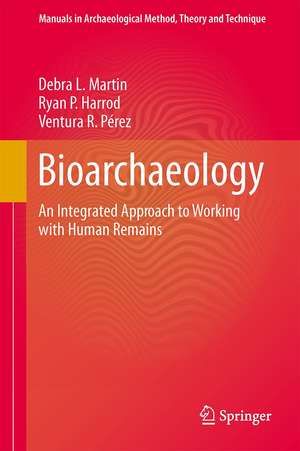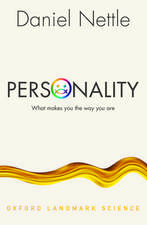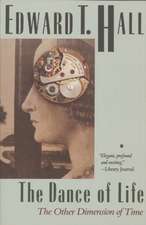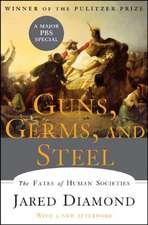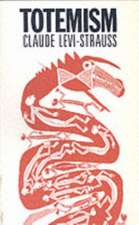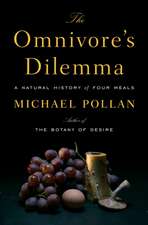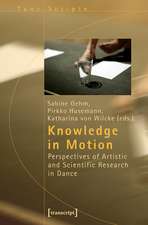Bioarchaeology: An Integrated Approach to Working with Human Remains: Manuals in Archaeological Method, Theory and Technique
Autor Debra L. Martin, Ryan P. Harrod, Ventura R. Pérezen Limba Engleză Hardback – 16 mar 2013
Ethical issues involved in dealing with human remains
Theoretical approaches in bioarchaeology
Techniques in taphonomy and bone analysis
Lab and forensic techniques for skeletal analysis
Best practices for excavation techniques
Special applications in bioarchaeology
With case studies from bioarchaeological research, the authors integrate theoretical and methodological discussion with a wide range of field studies from different geographic areas, time periods, and data types, to demonstrate the full scope of this important field of study.
| Toate formatele și edițiile | Preț | Express |
|---|---|---|
| Paperback (1) | 640.06 lei 43-57 zile | |
| Springer – 16 sep 2014 | 640.06 lei 43-57 zile | |
| Hardback (1) | 835.43 lei 43-57 zile | |
| Springer – 16 mar 2013 | 835.43 lei 43-57 zile |
Preț: 835.43 lei
Preț vechi: 1018.82 lei
-18% Nou
Puncte Express: 1253
Preț estimativ în valută:
159.91€ • 173.76$ • 134.41£
159.91€ • 173.76$ • 134.41£
Carte tipărită la comandă
Livrare economică 21 aprilie-05 mai
Preluare comenzi: 021 569.72.76
Specificații
ISBN-13: 9781461463771
ISBN-10: 1461463777
Pagini: 280
Ilustrații: XVII, 262 p.
Dimensiuni: 155 x 235 x 17 mm
Greutate: 0.57 kg
Ediția:2013
Editura: Springer
Colecția Springer
Seria Manuals in Archaeological Method, Theory and Technique
Locul publicării:New York, NY, United States
ISBN-10: 1461463777
Pagini: 280
Ilustrații: XVII, 262 p.
Dimensiuni: 155 x 235 x 17 mm
Greutate: 0.57 kg
Ediția:2013
Editura: Springer
Colecția Springer
Seria Manuals in Archaeological Method, Theory and Technique
Locul publicării:New York, NY, United States
Public țintă
GraduateCuprins
History and Current State of Bioarchaeology.- Ethics and Research that Matters.- What Integration Means.- Taphonomic Signatures.- Burial Pratices and Mortuary Ritual.- Excavation Techniques.- Demography and Disease.- Reconstruction of Diet and Nutrition.- Reconstucting Ancestry, Migration, and Relatedness.- Osteobiography.- Sex, Organization, and Stratification.- Trauma and Violence.- Body Modifications and Ornamentation.- Behavior, Ritual, and Patterned Complexity.- Process and Population.
Recenzii
Notă biografică
Debra L. Martin is the Lincy Professor of Anthropology at the University of Nevada, Las Vegas. She directs a graduate program in bioarchaeology.
Ryan Harrod is a doctoral candidate in the Department of Anthropology at the University of Nevada, Las Vegas and an instructor at College of Southern Nevada.
Ventura R. Pèrez is assistant professor in the Department of Anthropology at the University of Massachusetts, Amherst.
Ryan Harrod is a doctoral candidate in the Department of Anthropology at the University of Nevada, Las Vegas and an instructor at College of Southern Nevada.
Ventura R. Pèrez is assistant professor in the Department of Anthropology at the University of Massachusetts, Amherst.
Textul de pe ultima copertă
Bioarchaeology is the analysis of human remains within an interpretative framework that includes contextual information. This comprehensive and much-needed manual provides both a starting point and a reference for archaeologists, bioarchaeologists and others working in this integrative field. The authors cover a range of bioarchaeological methods and theory including:
Ethical issues involved in dealing with human remains
Theoretical approaches in bioarchaeology
Techniques in taphonomy and bone analysis
Lab and forensic techniques for skeletal analysis
Best practices for excavation techniques
Special applications in bioarchaeology
With case studies from bioarchaeological research, the authors integrate theoretical and methodological discussion with a wide range of field studies from different geographic areas, time periods, and data types, to demonstrate the full scope of this important field of study.
Ethical issues involved in dealing with human remains
Theoretical approaches in bioarchaeology
Techniques in taphonomy and bone analysis
Lab and forensic techniques for skeletal analysis
Best practices for excavation techniques
Special applications in bioarchaeology
With case studies from bioarchaeological research, the authors integrate theoretical and methodological discussion with a wide range of field studies from different geographic areas, time periods, and data types, to demonstrate the full scope of this important field of study.
Caracteristici
Integrates theory, method, and field research to present a comprehensive picture of Bioarchaeology as a field Addresses ethical concerns and NAGPRA in a straightforward and clear manner Demonstrates Bioarchaological methods from the field site to the lab, to data interpretation Includes supplementary material: sn.pub/extras
